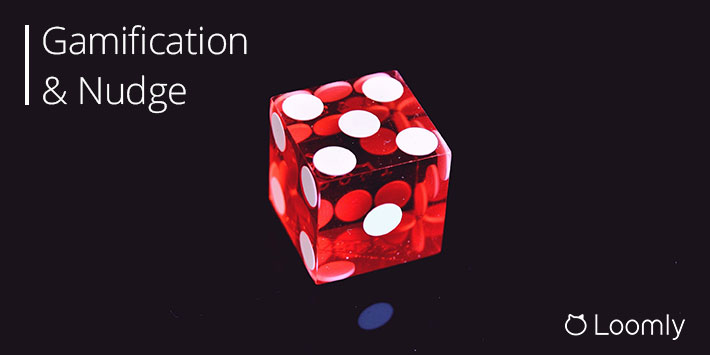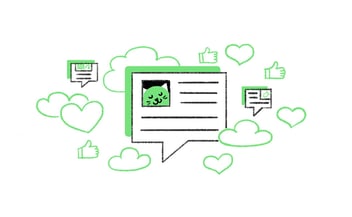Gamification: How to Apply Game Principles to Grow Your Brand and Your Business
Gamification is all around us, even though we might not be consciously aware of its existence.
If you’ve collected your Starbucks “stars” for a free coffee or strived to complete your LinkedIn profile to attain 100% on the progress bar, then you’ve experienced gamification.
In this article, we’ll explore what gamification entails and how you can harness its power to grow your brand and business.
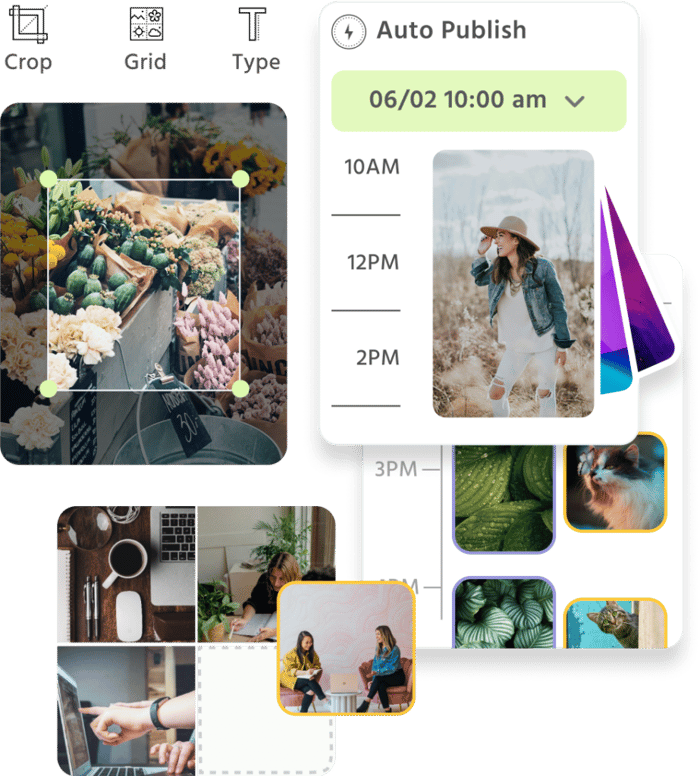
Manage all your social media accounts in one place.
Craft, schedule, & auto-post content to all your social channels, then track analytics and manage interactions from a single, easy-to-use dashboard.
What is Gamification?
Gamification is a process for integrating game mechanics into existing non-gaming environments to motivate participation, engagement, and loyalty.
Non-gaming environments could be almost anything, such as a website, social media channels, online community, learning management system, or day-to-day operations.
The goal of gamification is to leverage our human desires for status, achievement, competition, and inclusivity to inspire us to collaborate, share, and interact with consumers, employees, or partners.
What are game mechanics and game dynamics?
Game mechanics, such as points, badges, levels, challenges, and leaderboards help make tedious, mundane tasks more fun. They come from game-like dynamics such as rewards, urgency, pride, competition, and status-building.
The practice of using game principles in marketing programs has been around for years, for example, airline loyalty programs or happy hour in your local bar.
Gamification vs Nudge
Gamification is closely related to the concept of a nudge, which makes it more likely that an individual will make a particular choice or behave in a particular way based on influences. There are several nudging techniques, including:
- Default – where people are more likely to choose the default option presented to them. For example, people are included in the organ donation program by default and have to make a conscious decision to “opt-out” if they don’t favor the default option.
- Social proof – when individuals are influenced by other people’s decisions, such as star ratings and reviews on TripAdvisor.
- Product placement – where people are more likely to buy strategically-positioned products, such as “treats” placed next to the cash register.
- Up-sell – when vendors try to add on extras to the original purchase, such as a pastry with your coffee.
Note about the scope of the article
The scope of this article focuses on the application of game-design elements and game principles in non-game contexts to grow a brand and a business.
It does not include activities and processes to solve problems by using or applying the characteristics of game elements, found in serious games, such as the beer game to teach supply chain management principles.
The Benefits of Gamification for Your Brand and Your Business
The main benefit of gamification is user engagement. No matter what program you’re running, by introducing game principles, you’ll get more people hooked.
The benefits of gamification for your brand
Gamification can have a positive impact on your brand, as it:
- Engages your prospective customers better.
- Educates your existing customers and improves customer success.
- Increases retention rates and repeat business.
- Drives word of mouth referrals and encourages more customer reviews.
- Lowers customer acquisition costs.
As a result of all the above, you can build your brand awareness, relevance, and loyalty, and increase your business profits.
The benefits of gamification for your business
Gamification can also have a positive impact in your workplace, as it:
- Increases the adoption and use of learning management tools.
- Promotes employee retention.
- Encourages employee knowledge sharing to improve service levels.
- Boosts call center employee performance and satisfaction.
The downside to gamification
You also need to be aware of the potential pitfalls of gamification. If you don’t execute your program carefully, you could find it:
- Creates high expectation levels, which could lead to a false set of incentives.
- Tricks people into doing things, rather than motivating them.
- Fails to incentivize users to complete real-world tasks because the game features are too prominent.
How to Apply Gamification to Your Business
Let’s take a look at how you can apply gamification to your business with some gamification best practices, implementation ideas, and success stories.
Gamification best practices
If you’re new to gamification, then don’t expect instant success – it takes time to build gamification into your business. Follow these best practices:
1. Ensure you have compelling products and services
Gamification cannot make an inferior product or service successful. It works best when you convert an exciting, attractive experience into a richer, more participatory one. If your products or services are subpar, gamification cannot make them a success.
Gabe Zichermann, chair of the Gamification Summit and author of The Gamification Revolution, Gamification by Design, and Game-Based Marketing, warned that:
No amount of gamification could save a company that offers poor content or products.
2. Establish a working time frame
Gamification is a long-term strategy, so it’s essential to allocate enough time for users to build their experience. Make sure that your program is appropriate for your audience in the long run rather than a quick one-and-done program.
3. Calculate the time to market
Gamification must be approached strategically, rather than rushing things as a last-minute afterthought. So figure out how soon you need to gamify your site or application and what resources you’ll require.
4. Make the behaviors enjoyable
Yu-kai Chou, author of Actionable Gamification: Beyond Points, Badges, and Leaderboards, advises marketers should make the desired behaviors enjoyable instead of stimulating action solely with rewards and badges.
5. Measure results
Gamification results need to be tracked and measured. From a business perspective, you need to evaluate what’s working and what isn’t. It’s essential to understand how gamification is affecting your business and marketing goals. Plus, participants need to know how they’re performing in the program.
Ideas to implement gamification
There are plenty of mechanics and dynamics that you can use to gamify everyday activities and business environments. Tech recruitment company Built In highlighted five elements that you could use in your gamification program:
1. Purpose
Purpose instills the idea that you are specially chosen for a mission and are contributing to the greater good.
For example, the GPS app, Waze, encourages users to contribute real-time information about traffic and road conditions to help other motorists.
2. Progress
Progress indicates you’re overcoming your challenges and reaching your goal with points, levels, or a progress bar.
For example, LinkedIn displays a progress bar to encourage users to complete their profiles.
3. Pressure
Pressure promotes taking immediate action and the feeling that you can’t turn back with countdown timers, streaks, or scarce collectibles.
For example, the language-learning app, Duolingo, motivates users to practice daily to keep their streak alive. Should they fail, then their virtual flame (streak counter) is extinguished.
4. Position
Position lets you display your accomplishments and compete with — or compare yourself to — other peers or players with trophies, badges, leaderboards, or ladders.
For example, sales teams could use leaderboard software like Spinify to display top performers.
5. Play
Play introduces extra fun and pleasure to gamification.
For example, Starbucks lets users collect more stars with Double-Star Days, Bonus Stars, and other games. On April Fools’ Day a few years ago, Google Maps let users play Pac-Man using the GPS roads.
Gamification success stories
Let’s take a look at a few examples of successful gamification programs.
Starbucks
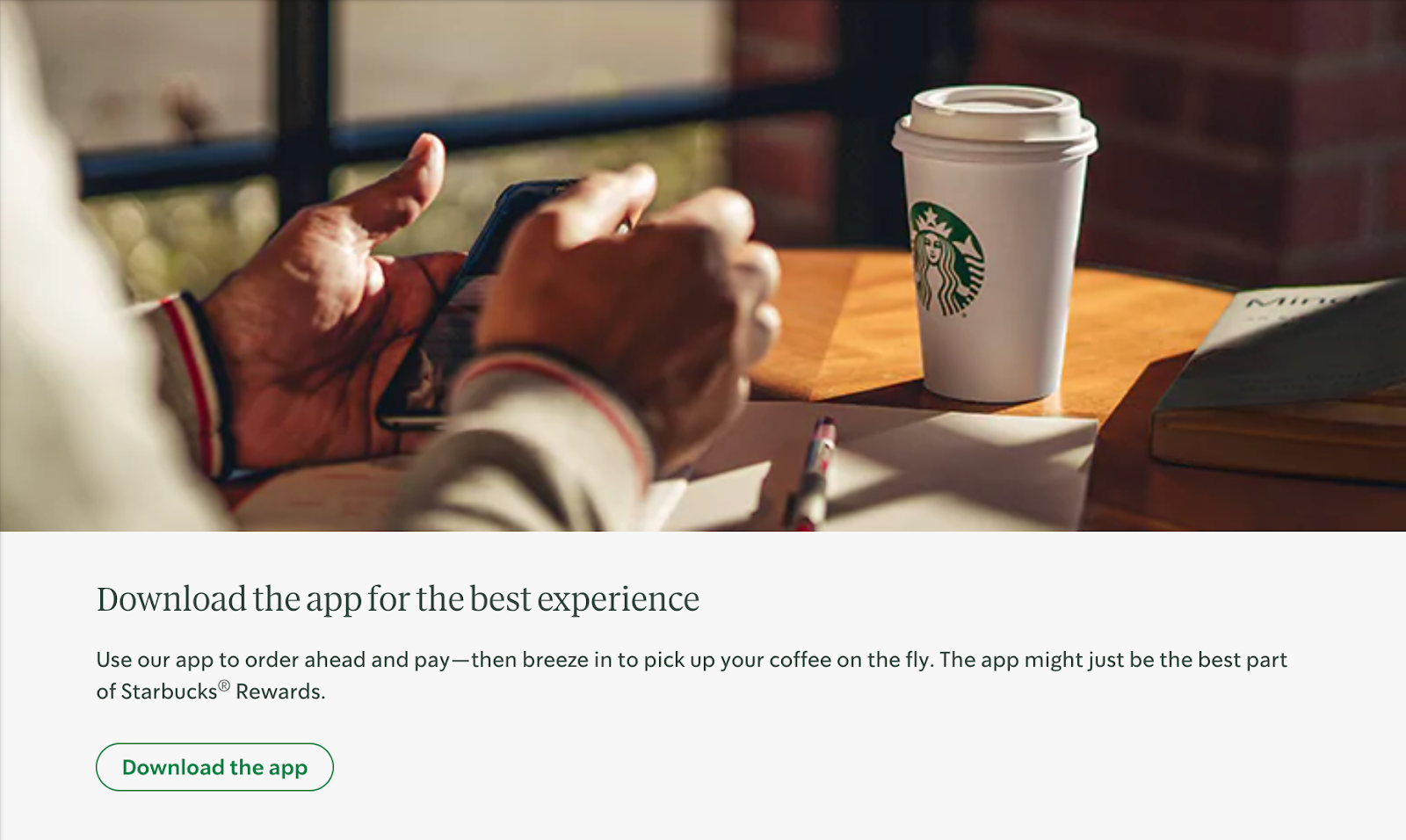
The Starbucks rewards program allows customers to collect stars that go towards redeeming free drinks and prizes. Customers can either create an account online or download the app to collect their stars. Or, if they want to receive more stars at other retailers, they can use their Starbucks® Rewards Visa® Card or Starbucks® Rewards Visa® Prepaid Card.
Beat the GMAT
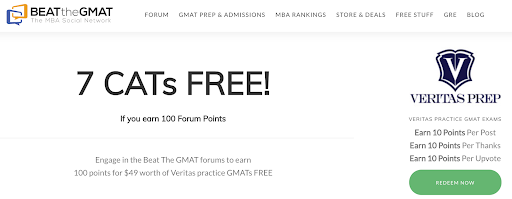
The Beat The GMAT gamification program was started by an MBA student. It motivates current students preparing for the GMAT to achieve their goals by awarding them points and badges for completing different preparatory tasks.
U.S. Army
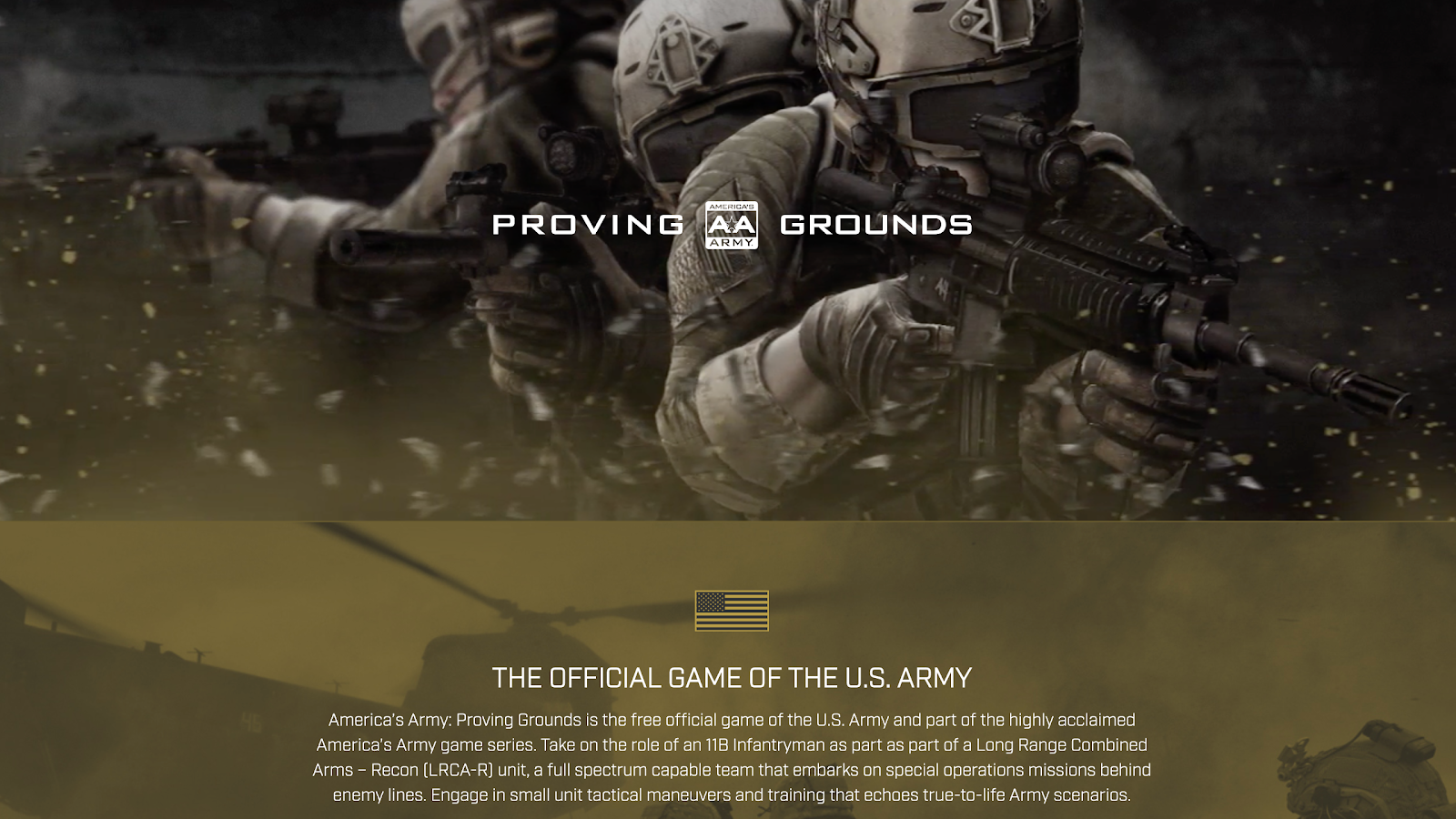
The U.S Army uses gamification as a recruitment tool. Users can play military training games, like Proving Grounds, as a way to increase interest in joining the armed forces.
Nike Run Club
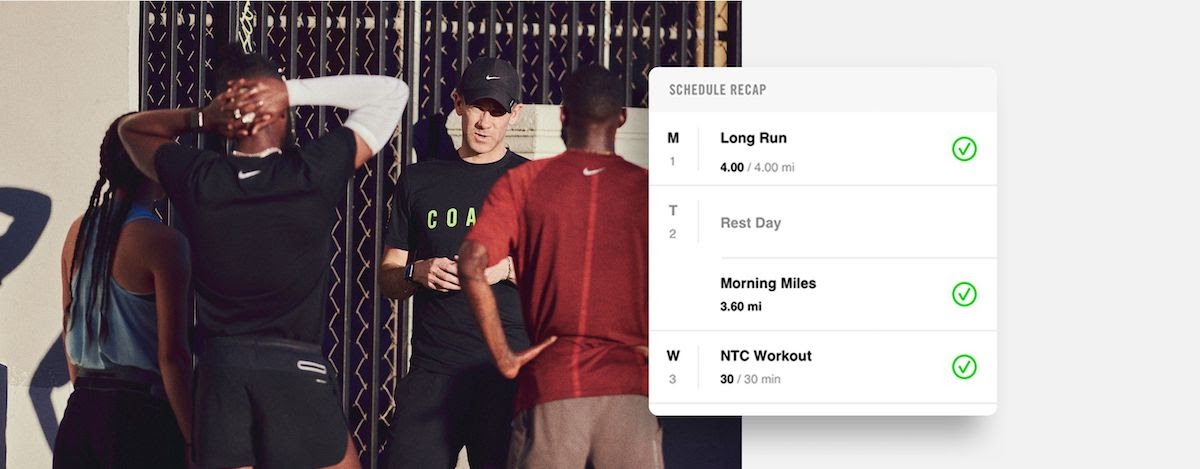
The Nike Run Club app lets you track your progress, stay motivated with custom playlists, get personalized coaching tips, and compare and compete with your friends and fellow runners.
Stride Rite
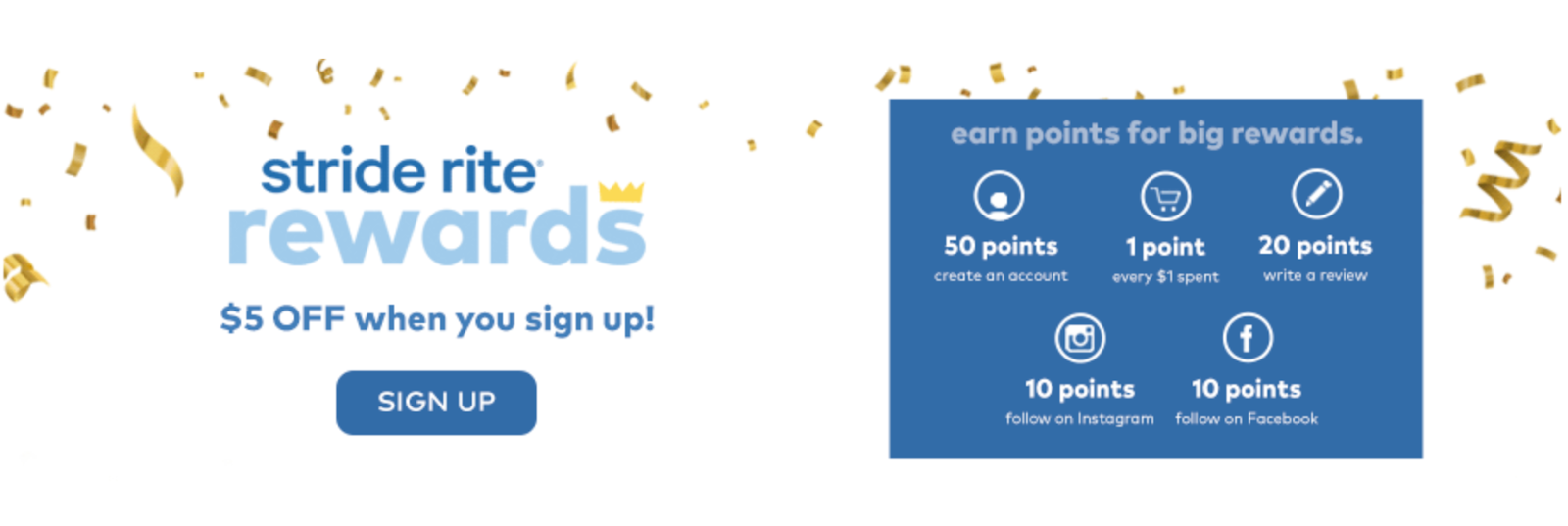
The Stride Rite rewards program lets customers earn points every time they shop. Plus, they can also get points for following their Facebook and Instagram accounts and writing reviews.
Previously, Stride Rite also encouraged kids to try the new shoes in-store and dance in front of a screen to earn more points and coupons.
Loomly
In the Loomly gamification program, users unlock badges and rewards (access to features, content, and online community, as well as discounts) when they create a certain number of posts.

Gamification in a Nutshell
Gamification introduces game principles to existing non-gaming environments to motivate user participation, engagement, and loyalty.
You can expect to see game mechanics such as points, badges, levels, challenges, and leaderboards used to trigger our human desires for status, achievement, and competition, and help make mundane tasks more fun.
When used correctly, gamification can have a positive impact on your brand, as it:
- Engages your prospective customers better.
- Educates your existing customers and improves customer success.
- Increases retention rates and repeat business.
- Drives word of mouth referrals and encourages more customer reviews.
- Lowers customer acquisition costs.
All of which help to build your brand awareness, relevance, and loyalty, and increase your business profits.
